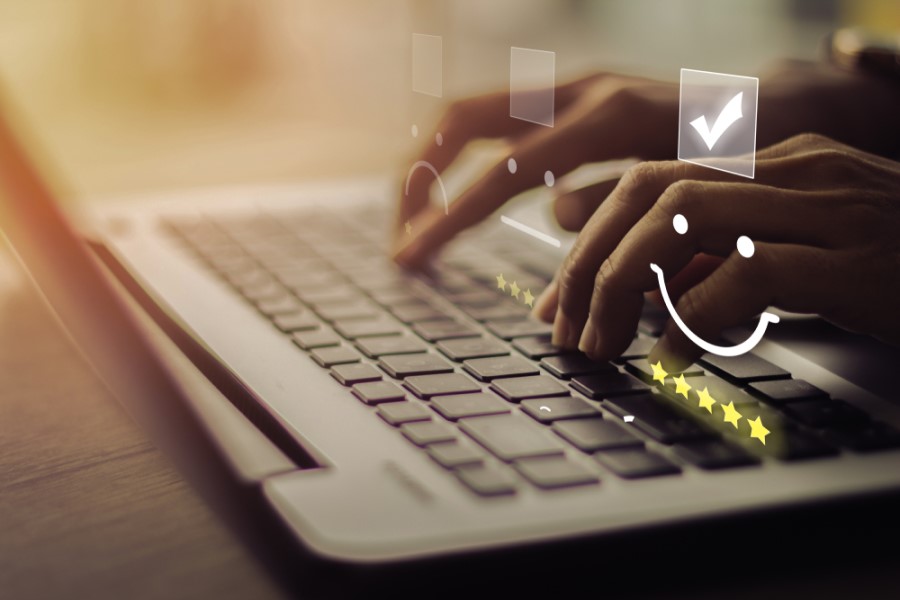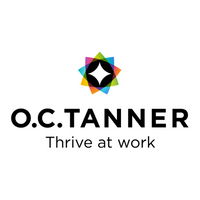How to make sure your employee experience evolves with changing employee priorities

How do you define “employee experience”?
The O.C. Tanner Institute’s extensive Global Culture Report 2021 on employee experience, distils it down into six key components, known as talent magnets: Purpose, Success, Opportunities, Leadership, Appreciation and Wellbeing. From the employee’s perspective, every conversation, every assignment, every touchpoint, every success, failure and interaction they have every day fits into one of these key areas of their experience in the workplace.
When an employee reflects upon their “employee experience”, they don’t simply consider company benefits and perks. They focus on conversations with leaders, interactions with peers, the emails they read, messages they hear, their workspaces and the tools they use. When you look from the employee’s point of view, thousands of new workplace experiences come into focus. The employee’s experience at work is, in reality, made up of countless, daily micro-experiences throughout their time with the company.
How has the pandemic changed this?
So many of those daily micro experiences are significantly different when they take place remotely, and for many, Covid has forced companies to operate remotely for more than a year now. For most businesses, the care for their employees didn’t change, but the means to deliver a thriving workplace culture did, and this led to another seismic shift, not from the companies, but the employees themselves.
Over time we’ve all adapted to a new way of working, and although for many it’s been a difficult transition, for some it’s been a welcome adjustment, offering a fresh perspective of other aspects of their lives. For example, in the absence of a daily commute, employees have been able to utilise their travel time for other things, such as daily exercise or sharing a meal with the family. Similarly in some cases, flexible working has enabled people to shift their working day by 30 minutes or an hour, enabling them to fit other activities in at either end of the day, or even to be more readily available for customers and clients in other time zones later or earlier in the day.
The divide between work life and home life has been blended beyond recognition for many, and so to a greater extent than ever before, our home lives have formed part of our every day micro experiences that contribute to the broader workplace culture we feel connected to.
Employee priorities now centre around work/life balance, physical and mental wellbeing, and human connections and interactions, both in and outside of work, which is significantly different to what it was in the past.
What can I do to enhance this experience?
As life begins to return to some semblance of normal (or at least something similar to what it was pre-pandemic), there’s an opportunity to take forward successful aspects of our redefined workplace culture. There’s also a danger of inadvertently removing some of these positive aspects by insisting our work lives return to exactly what they were before Covid-19 took hold.
A key component to a thriving workplace culture is trust and taking a modern approach to leadership empowers your people to achieve more through their own innovation and drive. It’s this approach that has set successful workplace cultures apart from others in the past, and it’s that sense of trust and empowerment that is paramount to future success now, more than ever.
How you instil that into your workplace culture, and into the employee’s daily experience will vary from company to company. Perhaps it’s a hybrid work from home model where employees can manage their own time once or twice a week, or maybe its flexible working hours that enable your people to continue their morning exercise routine, which in turn will help them feel more productive for the rest of the working day.
Whatever your takeaway from the past 15 months is though, one thing is clear. The employee experience expectation has evolved and companies must be prepared to evolve with them in order to keep their people engaged, motivated and connected to purpose.
The author is Robert Ordever, managing director at workplace culture expert, O.C. Tanner.
This article is provided by O.C. Tanner.
Supplied by REBA Associate Member, O. C. Tanner
Giving teams the integrated tools they need when, where and how they need them.







